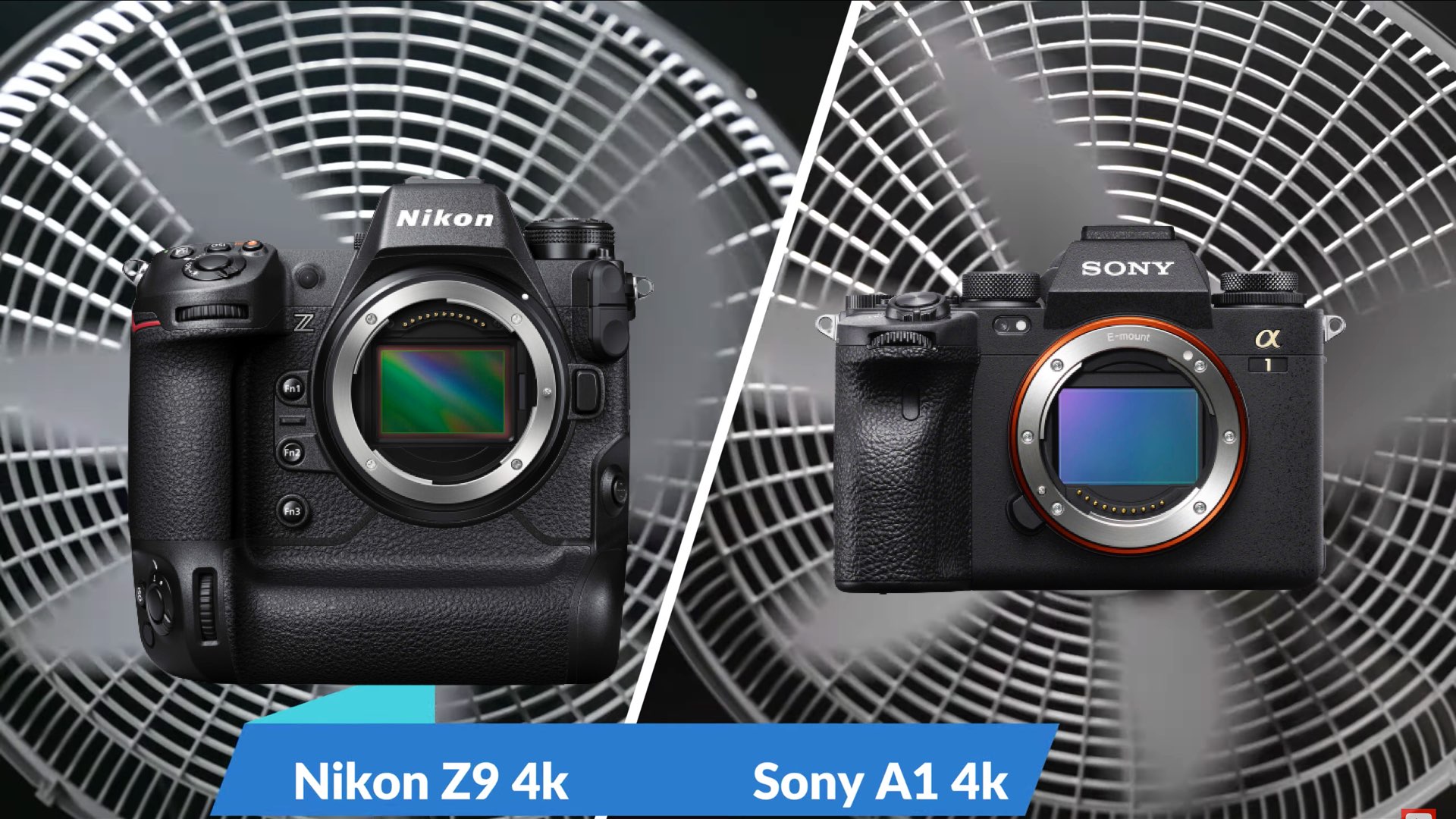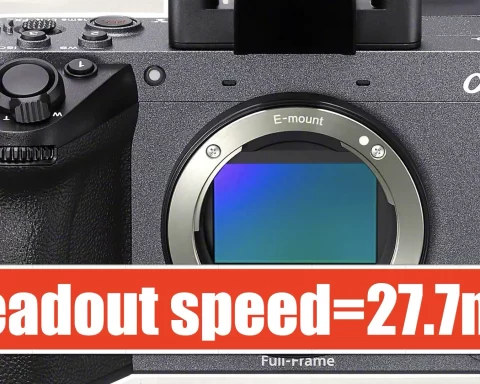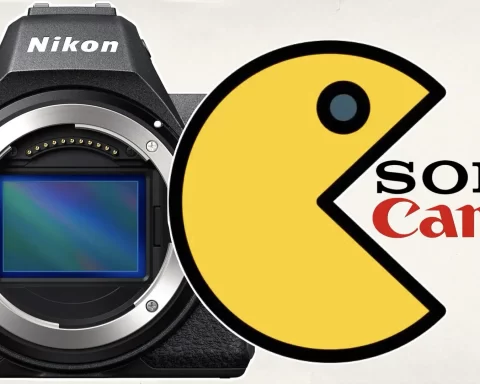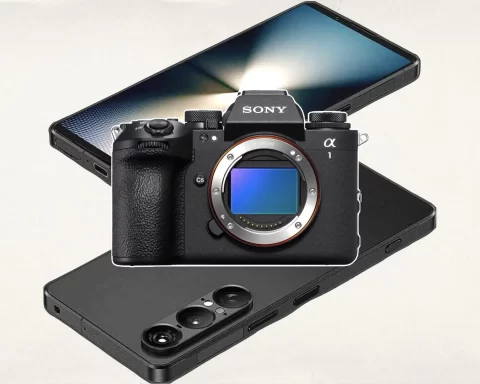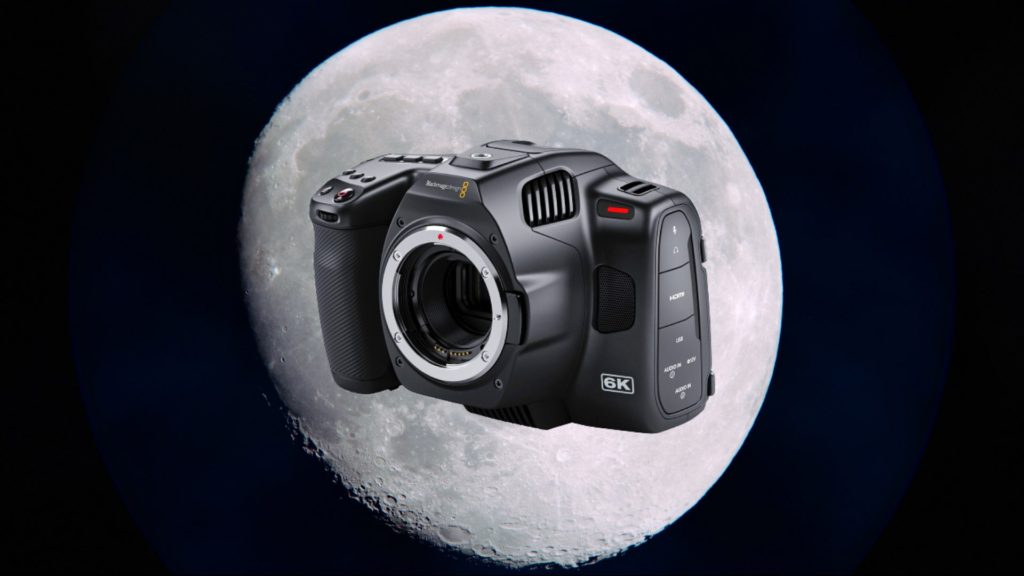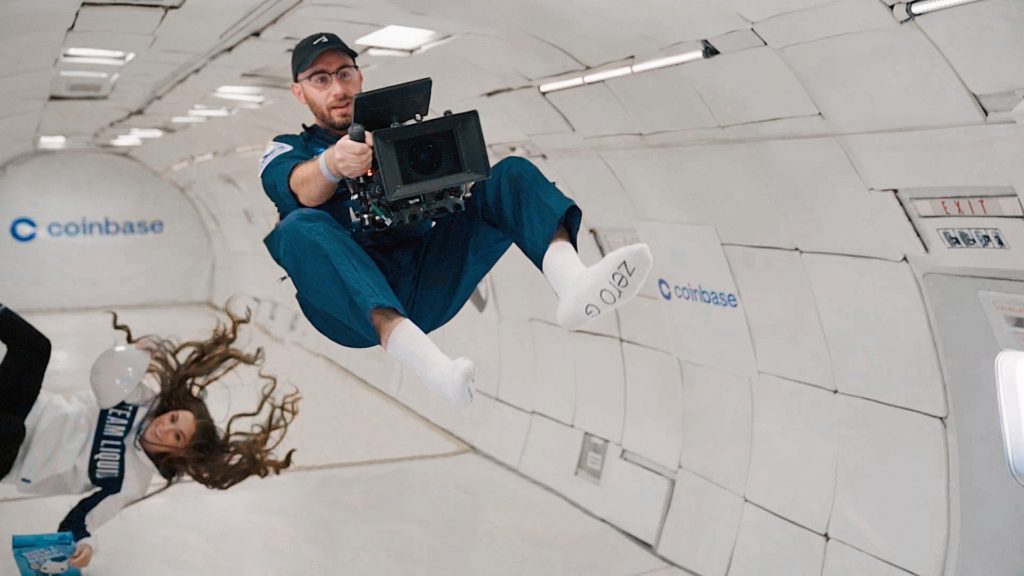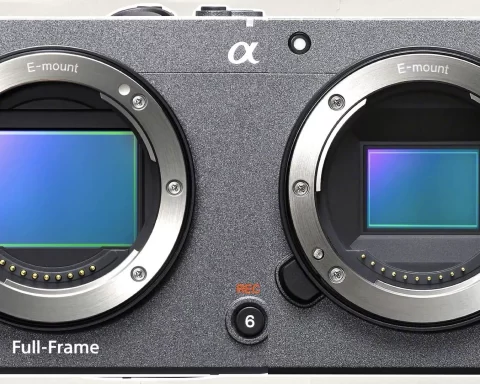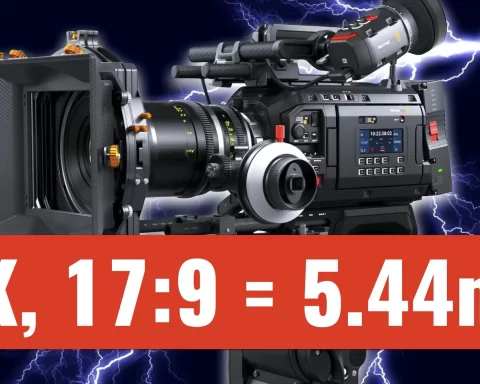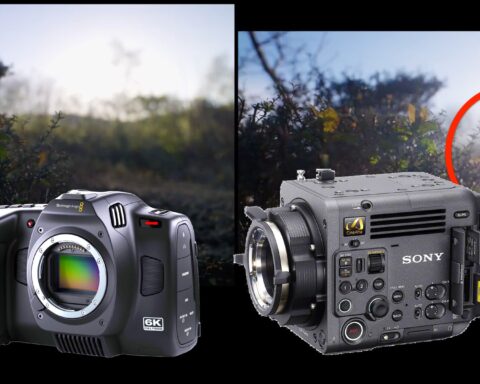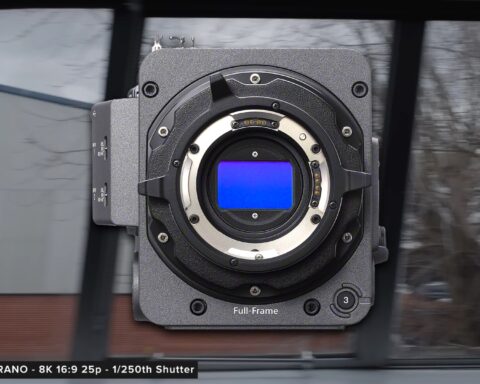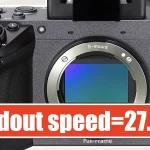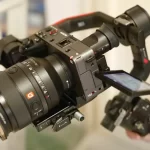One of the major tests reviewers are eager to perform regarding the new Nikon Z9, is the examination of its ability to produce almost zero rolling shutter artifacts when shooting videos. Therefore, the Z9 was compared to the very fast Sony Alph 1. Both of them present solid results in eliminating the skewed images when shooting fast-moving objects.
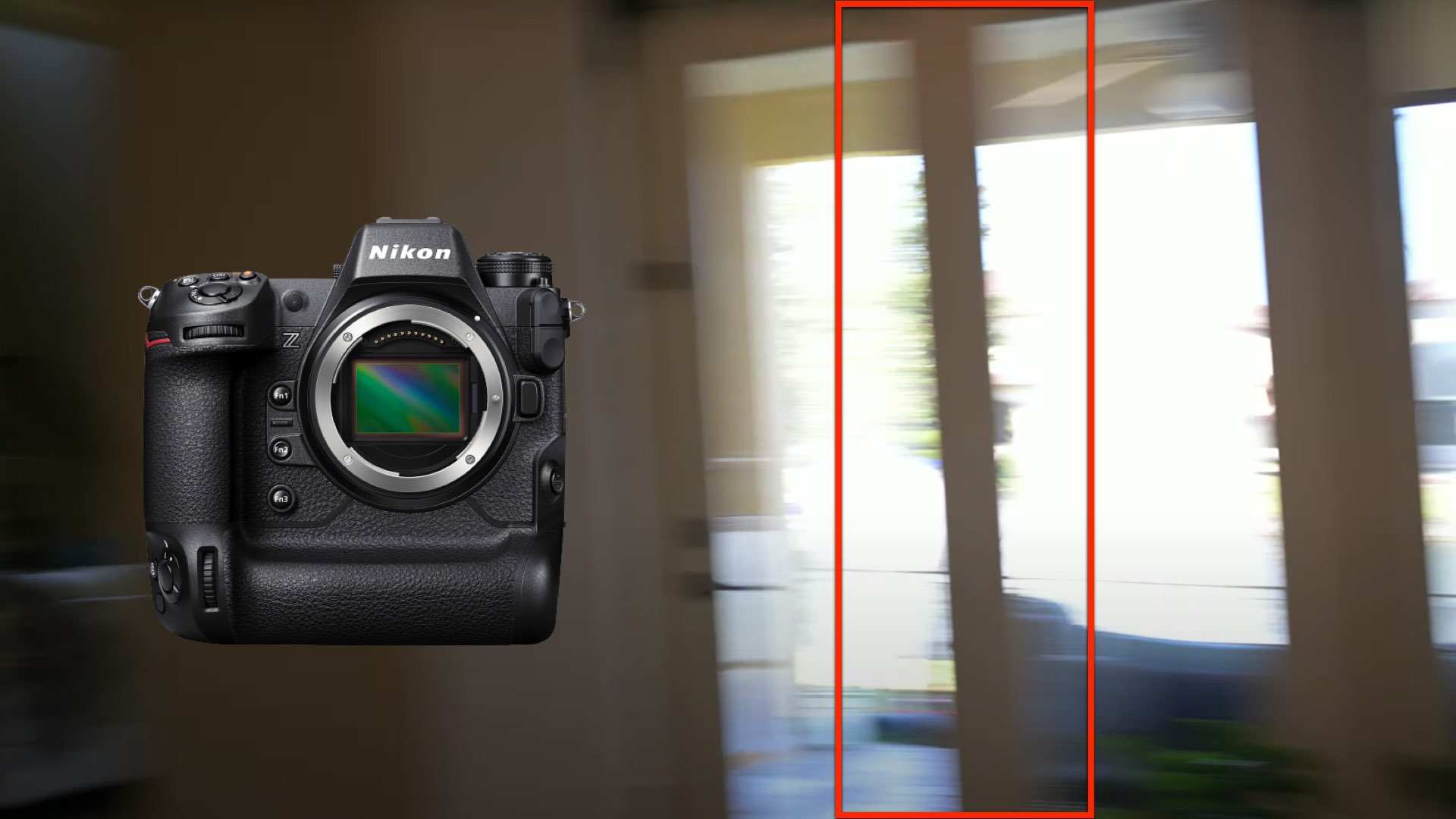
Nikon Z9: “World’s fastest scanning speed”
The recently announced Nikon Z9 is advertised as the “World’s fastest scanning speed” due to the newly developed sensor that is backup up by a powerful processor. As stated by Nikon: “Designed by Nikon specifically to bring ultra-high-resolution image quality to high-speed shooting applications. Achieves the world’s fastest scanning speed, 12x faster data readout than the acclaimed Z 7II, and absolutely spectacular image quality in stills and 8K videos”. Indeed, the Z9 is armed with an electronic shutter that “achieves the world’s most minimal rolling-shutter distortion” especially in still mode. However, what about videos?
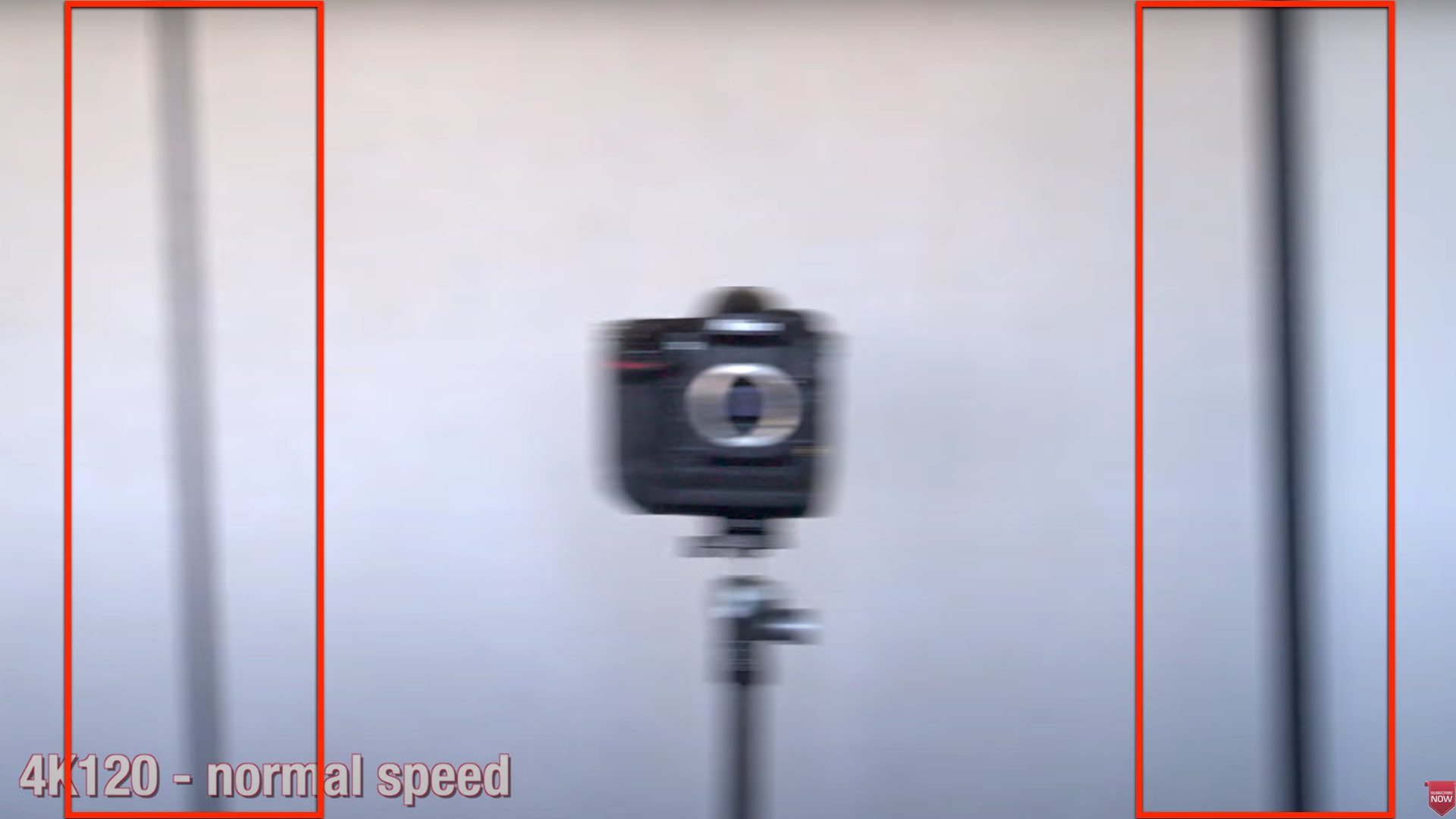
Reduced rolling shutter artifacts on video capture
Nikon claims that the core of the Z9 is the newly developed FX-format 45.7MP BSI stacked CMOS sensor, and its stacked design offers fast readout speeds and helps to reduce rolling shutter. Reviewers also claim zero rolling shutter artifacts which are an essential factor to action sports cinematography. It’s obvious that in order to eliminate completely the skewing side effects, a global shutter sensor must be preferred. However, Nikon claims that the Z9 is almost like a global shutter in terms of performances of minimization of rolling shutter artifacts. Luckily, the video below shows that it’s almost true. The Nikon Z9 doesn’t allow a complete zero rolling shutter, but it’s close enough. Watch the part of the Rolling Shutter test is presented in the video below:
A comparison to the Alpha 1
When talking about a mirrorless that is familiar with its reduced rolling shutter artifacts, the Sony Alpha 1 is named immediately. In fact, the recent models of Alpha mirrorless shine because of their minimal rolling shutter artifacts. Hence, it’s very logical to compare the Alpha flagship (=1) to the Nikon Z9 when shooing 8K footage. Explore the video below that demonstrates this comparison by doing a couple of very simple tests:
Summary
The Nikon Z9 has a very fast readout. No doubt about that! However, it doesn’t own a ‘zero rolling shutter’. Thus, the skewed artifacts can be noticeable. The good news is that those artifacts are pretty minimal and can be barely noticed, even when shooting fast-moving objects The degree of the rolling shutter artifacts are very much similar to those of the Sony Alpha 1 and even might be a bit better. That’s a piece of good news for action sports shooters. Furthermore, it appears that reducing those artifacts is one of the main issues taken care of by manufacturers that develop video cameras for the pro-market.
Product List
Here’re the products mentioned in the article, and the links to purchase them from authorized dealers.
- Nikon Z9 Mirrorless Camera
- Sony a1 Mirrorless Camera

